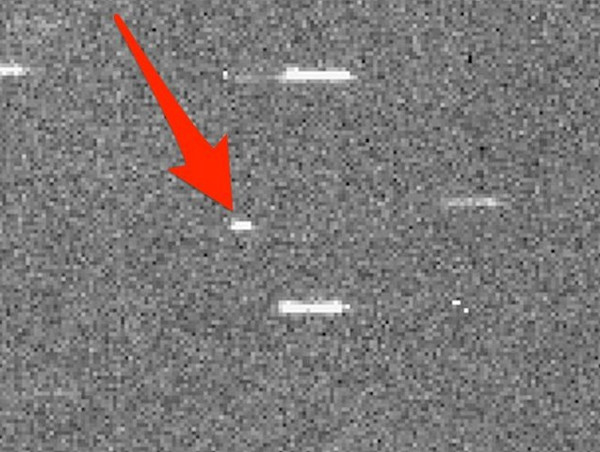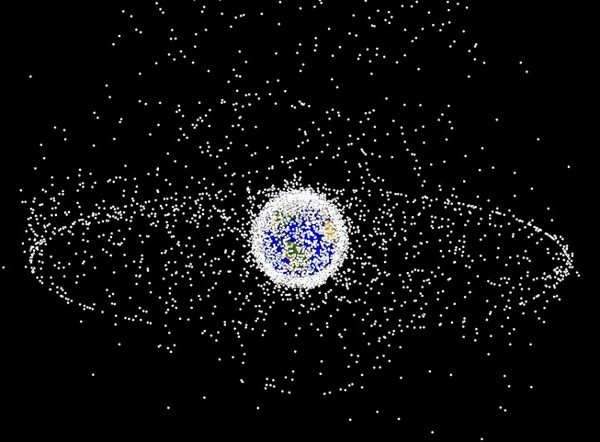Fragments from spacecraft fall to earth, the risk of damage is low
A cosmic debris named 'WT1190F' is on its way towards our planet and, fortunately, according to scientists' calculations, this object will "land" down into the Indian Ocean, lying down Sri Lanka coast about 100 kilometers. The exact time of this unwanted "landing" is at 2:20 am on November 13 (Vietnam time).
The WT1190F fragment fell to the earth causing low damage to humans
Experts believe that the ability of WT1190F to cause human damage is very low. Tim Flohrer works at the European Space Agency's Office of Space Waste Management (ESA), which estimates the size of this sample of waste to be about 1-1.5 meters, so that it will be burned before it is available. Can collide with the Earth's surface. Of course, no other bad cases can be eliminated.

WT1190F photo by telescope 2.2 meters in diameter from the University of Hawaii on October 9.
Clearly this is a huge concern, because as soon as a pebble-like piece plunges into the green planet, it will travel at speeds of more than 40,000km / h - faster than the speed of sound (1,200 size) kilometers per hour) 32 times and causing extremely terrible consequences. Because of this danger, boats that regularly pass through the area are warned not to approach.
WT1190F is believed to be a fragment of the spacecraft belonging to the Apollo mission, helping astronaut Neil Armstrong set the first steps on the Moon.
Space waste - a problem of Space Science
Maybe this time we are lucky, but maybe one beautiful day in the future, a fragment big enough to penetrate the atmosphere and crash into the surface of the Earth. We absolutely cannot foresee that. Up to now, there have been millions of pieces of cosmic trash in the space around the Earth.

"The first goal is to better understand the" return "of satellites as well as fragments , which have an extremely complex trajectory," Marco Micheli - astronomer at the Coordination Center Near-Earth Objects (NEOCC) of ESA, said. What makes WT1190F different from the millions of other space junk is that it has a very eccentric orbit, an oval orbit around the Earth. Moreover, this trajectory takes it to a position twice as far away from the Moon, then turns back to Earth. It takes about 3 weeks for WT1190F to complete an orbit.
In addition, experts say this is an ideal opportunity to test our readiness, for anything (possibly asteroids) that could potentially threaten life on Earth.
- 7 types of machines fell from the sky
- The 'missing' Soviet spacecraft 50 years is about to fall to Earth?
- Satellite fragments began to fall to the earth
- Russian spacecraft will fall next week
- The piece of the Russian spacecraft will fall into the Indian Ocean
- The satellite measures the attraction of the Earth to the end of fuel
- Russia's Phobos-Grunt will fall to Afghanistan
- US military satellite fragments threaten the spacecraft
- Tomorrow Russia's uncontrolled spacecraft will fall to Earth
- NASA is about to attack asteroids that harm the Earth
- Dragon private ship is about to return to Earth
- What happens if the Russian spacecraft falls to earth?
 Van Allen's belt and evidence that the Apollo 11 mission to the Moon was myth
Van Allen's belt and evidence that the Apollo 11 mission to the Moon was myth The levels of civilization in the universe (Kardashev scale)
The levels of civilization in the universe (Kardashev scale) Today Mars, the sun and the Earth are aligned
Today Mars, the sun and the Earth are aligned The Amazon owner announced a secret plan to build a space base for thousands of people
The Amazon owner announced a secret plan to build a space base for thousands of people